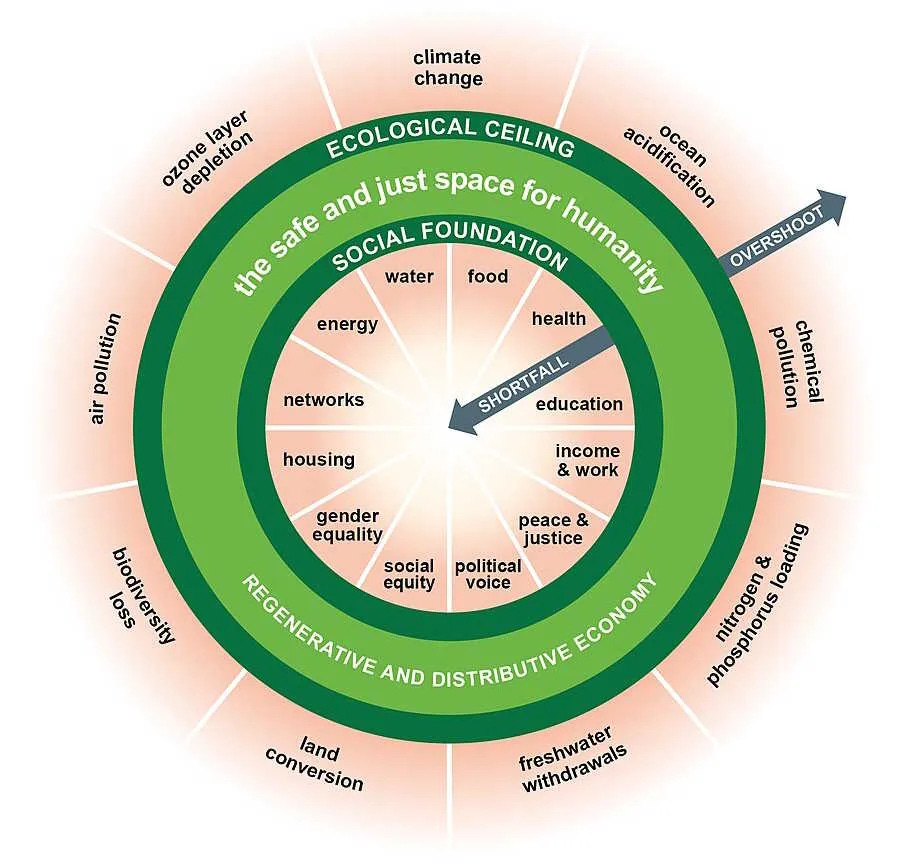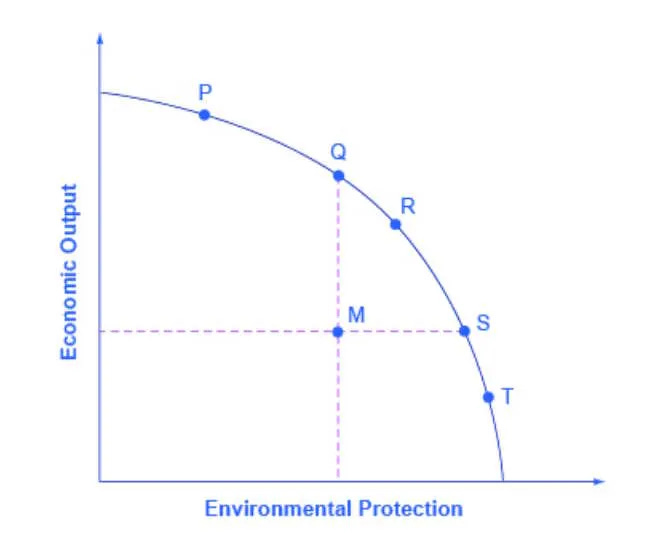The Best Apologies
Tyron Edwards | Brinkmanship | Doughnut Economics | Factoids

Right actions for the future are the best apologies for wrong ones in the past.
| Tryon Edwards
…
Brinkmanship
As the US careens into a government shutdown, I was reminded of Tryon Edwards’ line, above. (Although Grammarly wants to recast the line as ‘Right actions for the future are the best apologies for past wrongs’, which does read better.)
Yes, the Democrats are playing brinkmanship; likewise, the Republicans. But the Democrats are arguing that millions of low-income Americans will be harmed by the looming cuts to healthcare subsidies arising from Trump’s economic policies. All the GOP can say, really, is ‘yes, we really want to push people off the Obamacare markets’, but they don’t actually say it out loud.
The long-range reality, looking back, is that the Democrats fumbled when they cobbled together the Frankenstein monster that is Obamacare. The Democrats should’ve pushed ahead with a universal healthcare system when they held both houses of Congress and the White House, instead of creating the hybrid of employer-based and government-subsidized insurance. But they couldn’t mobilize to get it done, and here we are.
Taking the right action now — to force Republicans to extend Obamacare insurance subsidies in exchange for funding the government — is an apology to the country for the Obama administration failing to enact universal healthcare when it might have.
Doughnut Economics
Noah Smith has done us all a favor and reviewed Kate Raworth’s Doughnut Economics. Bottom line:
Doughnut Economics is not a tight, focused book. Instead of delivering a simple, powerful message, Raworth tries to intellectually overthrow the entire edifice of modern economics. And in this task, she fails.
The Doughnut is really just a catch-all graphic, not a usable model, which collates various social policies in a marketing veneer.
Then Smith details the ways Raworth fails, starting with the Doughnut itself, which she never really uses to demonstrate her various attacks on orthodox economics. Smith shows how conventional Econ 101 diagrams work better than her doughnut for demonstrating economic tradeoffs, like economic output v environmental considerations:
Mainstream economics already has a simple way of depicting this in a memorable picture — a production possibilities frontier. A PPF illustrates society’s tradeoff between two things. You can draw a PPF that illustrates the tradeoff between production and the environment; in fact, introductory econ courses do this all the time:
Or even better (and swapping the x and y axes), as Smith explains:
Keep reading with a 7-day free trial
Subscribe to workfutures.io to keep reading this post and get 7 days of free access to the full post archives.


